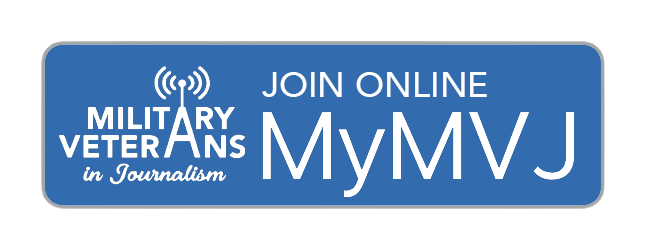This resource is provided by American Corporate Partners, which aims to ease the transition from the military to the civilian workforce. ACP is a national nonprofit organization focused on helping returning veterans and active duty spouses find their next careers through one-on-one mentoring, networking and online career advice.
The Do’s and Don’ts of Writing a Cover Letter
Writing a succinct and informative cover letter is crucial. Hiring managers generally scan through a cover letter, so grabbing their attention immediately can be the key to getting an interview.
Do
- Address the job announcement: Understand the requirements and job details and responsibilities. Cover letters should be specific for the job to which you are applying. One general cover letter will not suffice for multiple, unique roles.
- Speak to the needs of the organization: Start with an opener that shows you understand the industry and can meet their needs. Make specific reference to the company’s mission if appropriate to show that your goals align.
- Highlight key words from the job posting: Your cover letter could be scanned for keywords and dismissed immediately if appropriate words are not included.
- Promise to deliver results: Detail why past experiences and challenges make you the perfect fit for this position. If you’ve overcome specific obstacles to succeed, this is a great place to communicate those experiences.
- Show your passion: With hundreds of applicants to consider, hiring managers are looking for the person who will be enthusiastic and committed to the position and organization.
- Demonstrate why you are that person with concrete examples but avoid over-exaggerating.
- Keep the letter short: Three short paragraphs should cover what you need to say without overwhelming the recipient. Your cover letter should not exceed one page with 12-point font.
- Use traditional formatting: Research sample cover letters to learn where to place various required information, such as your contact information, the hiring manager’s contact information, signature, etc. Be sure to use a professional font, such as Times New Roman or Arial.
- Address your reader: Find out the name of the hiring manager if it is not already included in the posting. Avoid generalized greetings, such as “To Whom It May Concern.”
- Know what you are asking for: State clearly that you are interested in interviewing for the position. Conclude your cover letter with this message to drive home your intentions.
- Thank your reader: Be sure to show your appreciation for their time and consideration.
Don’t
- Reiterate your résumé: Make your cover letter a unique representation of why you are the perfect person for the job.
- Have a boring opening statement: “Please accept my résumé”, and “In response to the position…” will not grab their attention. Express what makes you a unique candidate in the first sentence to hook the reader.
- Ramble: The recipient will look to your résumé for more detail, so make your cover letter is expressive but easy to digest.
- Use jargon: Don’t confuse the recipient by using industry or military lingo. Try to translate your skills to demonstrate why they make you the perfect fit.
- Underestimate the importance of a good cover letter: A bad cover letter can negate a great résumé. Proofreading and customization are essential to making an impression.




